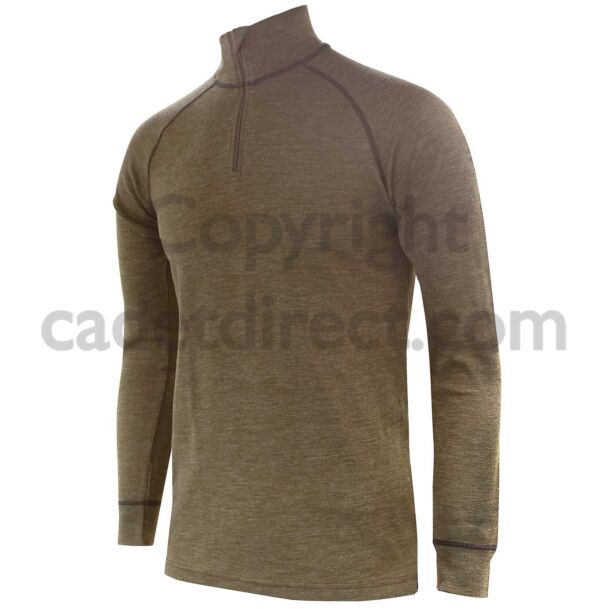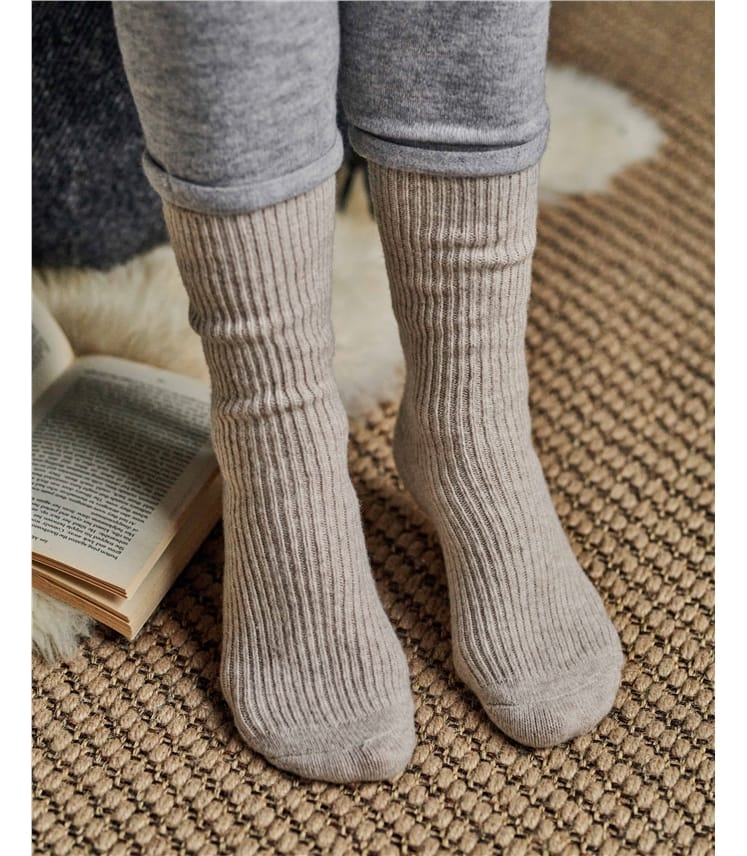Top Merino Wool Base Layer Site
Wiki Article
What Makes Yak Merino Base Layers So Efficient For Winter Sports Apparel In Regards To Warmth/Temperature Regulation Moisture Management, Comfort And Durability?
Yak merino base layers are the best choice for winter sports apparel. They excel due to a combination factors that increase the temperature and warmth.
Insulating Properties: Both yak and merino wool possess natural insulation properties. Yak wool wicks away heat through hollow fibres. Merino wool is another one that's known for its ability to provide insulation.
Regulates Body temperature- The fabric is able to regulate body temperature by taking warmth away in cold weather and allowing breathability during high activity.
Moisture Management-
Merino Wool's moisture wicking properties draw sweat from your skin and disperse, stopping sweat. Yakwool can also help transport water. This helps keep the wearer dry and comfortable while performing intense physical activities.
Comfort-
Softness- Merino fibers are known for their soft, fine fibers that are gentler to the skin. The addition of yak wool, that also has soft fibers, increases the feeling of comfort.
Odor Resistance - Both types of wool have antimicrobial properties that reduce the growth and spread of odor-causing bacteria. The garment stays fresh.
Durability-
The strength and durability of Yak is naturally durable, can be combined with merino to make an item that is durable and durable. It's perfect for any activity.
Natural Fiber Benefits-
Renewability - Yak and Merino Wool are renewable and biodegradable fibers, making them eco-friendly.
Versatility- The natural properties of wools permit them to be used in a variety of weather conditions, maintaining their effectiveness in both wet and dry environments.
Combining the best features of yak and merino wool creates an extremely warm fabric and durability. It also regulates temperature, manages moisture, ensures the wearer's comfort and is long-lasting. This is what makes yak and merino wool bases layers ideal for winter sports wear. They are made to meet the demands of outdoor activity in cold climates while making sure that the wearer is warm and dry. Take a look at the most popular home page for merino wool base layer for site examples including smartwool 150 base layer, smartwool classic thermal merino quarter zip base layer top women's, wool thermal underwear, base layer moisture wicking, best merino wool base layer, smartwool thermal underwear, minus 33 base layer, merino wool thermal underwear, merino wool base layer clearance, merino 250 base layer and more.

What Are The Benefits Of Bamboo Clothing?
Thermal RegulationBamboo clothing offers many advantages, including UV protection, biodegradability as well as environmental impacts.
Insulation - Bamboo fabric is breathable and has thermal-regulating properties. It is warm when temperatures are cold. It regulates the body's temperature by retaining heat when temperatures are cooler and allows for airflow to avoid overheating during exercise.
UV Protection
Bamboo fabric is naturally resistant to harmful UV rayons. It can block a large portion of ultraviolet sunlight's rays. This adds an additional layer of protection when you wear it outdoors.
Biodegradability-
Eco-Friendly - Bamboo clothing biodegrades naturally, meaning it does not leave negative residues after the conclusion of their life cycle, or cause environmental pollution. This reduces the amount of garbage and reduces the environmental impact of discarding clothes.
Environmental Impact-
Sustainability- As a natural material bamboo is incredibly sustainable. It is a plant that grows rapidly that does not require chemical fertilizers or pesticides. The speed of growth of this plant makes it a renewable source.
Bamboo has a low water requirement compared to cotton and other crops. Bamboo is thus more efficient in terms of water use. This helps in conservation efforts and lessens the stress on the water resource.
Soil Conservation
Soil Health Bamboo farming does not typically deplete the soil's nutrients or require a lot of irrigation. This is a good thing as it improves the health of soils and less harmful agricultural practices.
Carbon Sequestration
Carbon Absorption- Bamboo has the capacity to absorb CO2 and release it more efficiently than other species. This can lower carbon dioxide emissions and help combat global warming.
The benefits of bamboo clothing are its thermal control as well as UV protection, and biodegradability. It's an excellent option for those looking for sustainable clothing. These qualities are in line with green practices and bring benefits to both the wearer and the environment. Have a look at the top rated bamboo clothing tips for blog tips including bamboo material clothing, bamboo tee shirts wholesale, mens bamboo boxer shorts, bamboo tee shirts, lisa frank bamboo pajamas, bamboo jeans brand, bamboo athletic wear, bamboo trousers mens, organic bamboo pajamas, bamboo fiber t shirt and more.

How Is Merino Wool As Well As Bamboo Clothing Different From Regular Wool?
Merino Wool Bamboo Clothing, Regular Wool have distinctive features that distinguish them.
Merino's soft fibers are soft against your skin. It is less likely than conventional wool to cause itching and irritation.
Moisture-Wicking- Merino wool is extremely wicking properties, pulling moisture away from the skin while allows it to evaporate, keeping the wearer dry and comfortable.
Merino Wool is a great insulation, and it provides warmth even when wet. It regulates body temperature as it provides insulation and airflow for overheating when exercising.
Odor Resistance - It's a natural anti-bacterial agent that inhibits bacteria growth which keeps clothes fresh and smelling good even after prolonged wear.
Bamboo Clothing
The softness. Bamboo clothes are often similar in texture to silk and cashmere. It's soft and luxurious to wear.
Bamboo fabric is a moisture-wicking fabric which draw sweat away from the body, keeping it dry during your workout.
Temperature Regulation- Bamboo clothing has natural temperature-regulating abilities, offering warmth in winter and breathability to prevent overheating.
Sustainability- Bamboo has an abundance of sustainable resources. It can grow quickly, without pesticides and fertilizers. It is biodegradable, with minimal environmental impact.
Wool Regular
Texture. Traditional wool comes in a wide variety of textures. Some are more coarse, and can cause irritation or itchiness.
Warmth- Wool offers excellent insulation, but it feels heavy and bulky.
Wool is less effective than bamboo or merino in wicking off moisture since it absorbs water. It retains warmth even when it is moist.
Summary The softness of Merino Wool makes it odor and odorless. It also has an excellent ability to wick moisture. Bamboo clothing is soft, has moisture-wicking capabilities, regulates temperature and is green. Wool comes in many textures, and may not have the same softness and ability to wick moisture as bamboo or merino, yet it provides warmth and insulation. Each material has its unique advantages, catering to various preferences and requirements for winter clothes. Check out the best merino wool base layer hints for blog recommendations including best thermal underwear for skiing, wool thermals, merino wool thermal underwear, smartwool quarter zip, wool undershirts, merino base layer mens, wool layers, best merino wool base layer, merino undershirt, ski underwear and more.
